13 Reasons Why Younger Generations Wouldn’t Last a Week in the ’60s
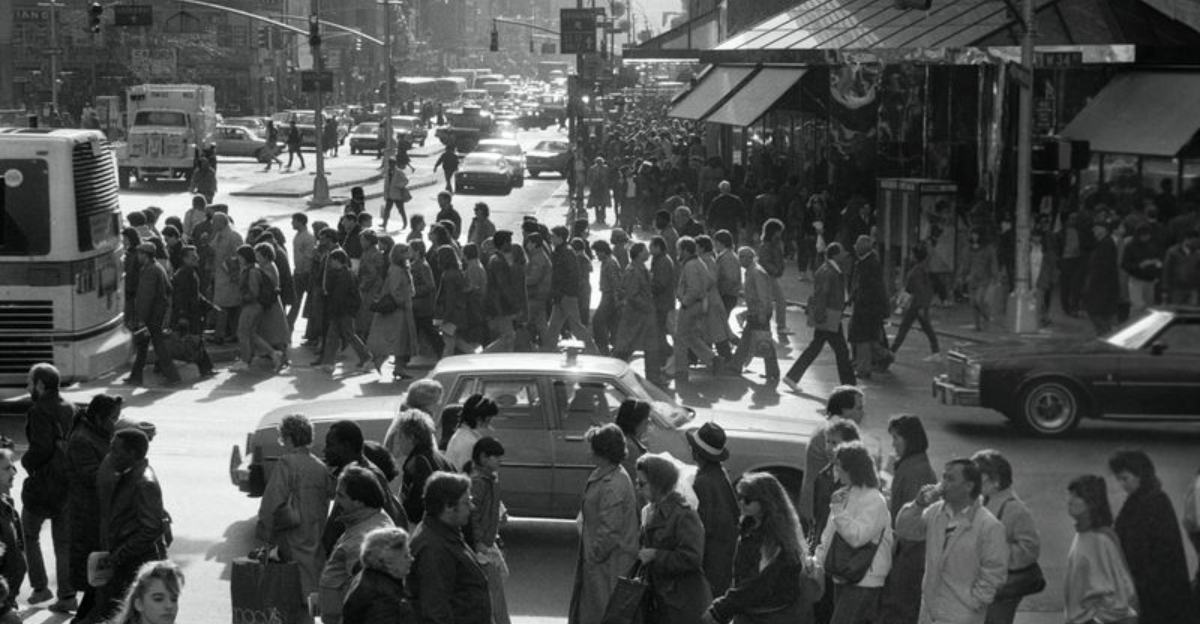
The 1960s stood in sharp contrast to today’s tech-driven world. While modern youth revel in digital ease, personal freedom, and instant gratification, life back then was slower, stricter, and full of hurdles.
From the absence of Wi-Fi to rigid societal rules, the era posed challenges that might overwhelm today’s younger crowd.
Here are 13 reasons why Gen Z and Millennials might not survive a week in the groovy yet gritty 1960s.
1. No Internet Access

Imagine a world without Google. For today’s youth, instant answers are a given, but in the ’60s, knowledge demanded effort. Libraries, with their dusty encyclopedias and card catalogs, were the hub for facts, turning every question into a quest.
News came from TV, papers, or word of mouth, requiring a patience that feels alien in our click-driven age.
2. Limited Communication
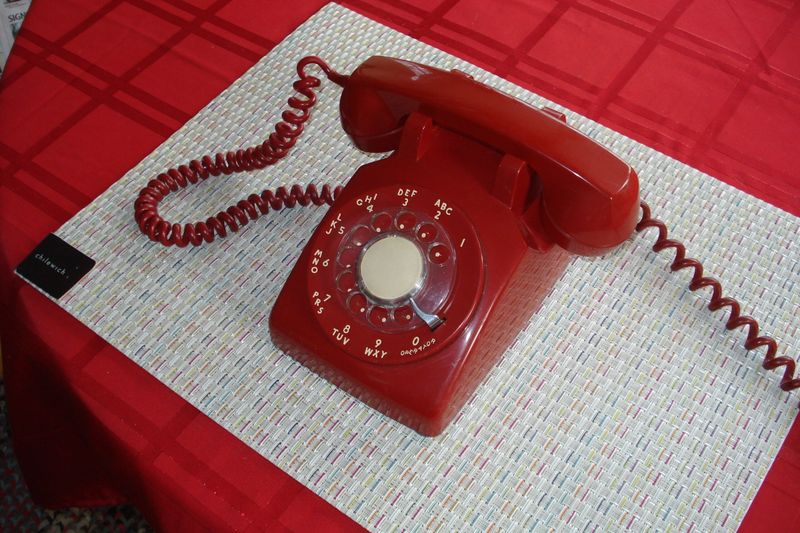
No smartphones meant no texting or instant messaging. Reaching someone involved a rotary phone and hoping they were home. Letters took days, and meetups required precise planning.
Today’s youth, used to constant pings, might find the quiet gaps and slow pace of ’60s communication maddeningly tedious.
3. Strict Social Norms
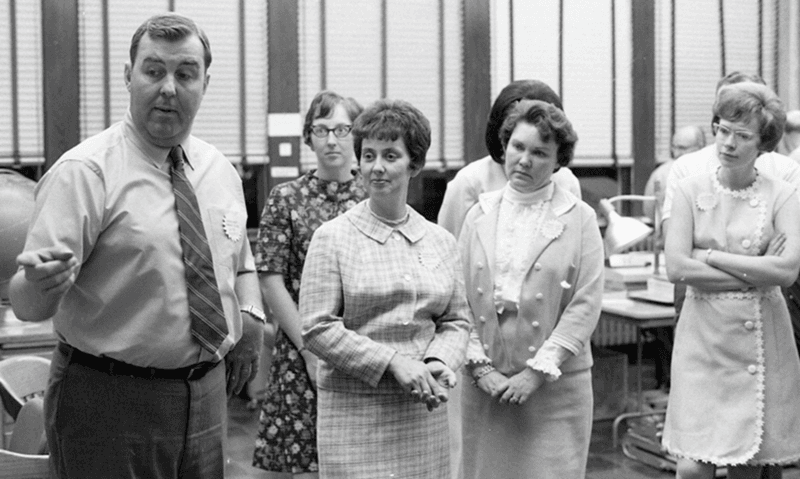
Dressing to impress took on a whole new meaning in the ’60s. Conformity was not just expected; it was the norm. Youngsters today might balk at the idea of strict dress codes and unyielding etiquette.
Life was a parade of suits, dresses, and social niceties that defined a person’s place in society. Rebellion existed but was often met with stern resistance from traditionalist views.
4. No Air Conditioning

Air conditioning was a rare treat, leaving most to battle summer heat with fans and open windows.
Today’s youth, accustomed to instant climate control, might wilt in the sticky, slow-paced summers of the ’60s, where staying cool relied on iced drinks and a breeze (if you were lucky).
5. Limited Entertainment Options
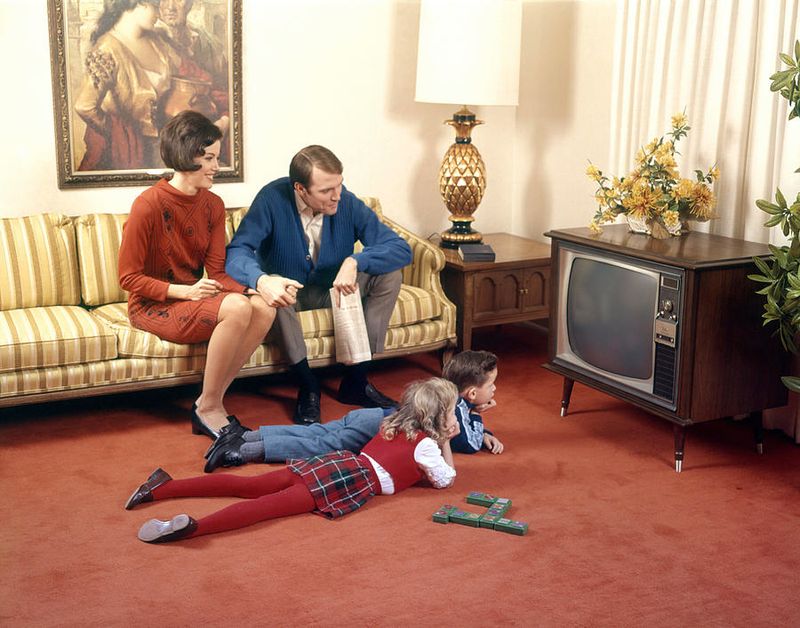
Forget streaming or gaming; entertainment meant a handful of TV channels, radio, or a good book. Fun leaned on imagination: think board games or backyard play.
Modern youth, spoiled by endless digital content, might struggle with the ’60s’ unplugged simplicity, craving the constant buzz of screens.
6. Little to No Privacy

In close-knit ’60s communities, everyone knew your business. Gossip spread fast, and secrets were tough to keep.
For youth used to curated online personas and privacy settings, this openness could feel stifling, demanding a knack for discretion that’s rare in today’s digital world.
7. Dealing with Limited Transportation

Cars weren’t universal, and public transit was spotty. Without GPS, drivers relied on maps or memory, making trips a gamble.
Today’s youth, who zip around with ride-shares and apps, might feel trapped by the ’60s’ slow, plan-heavy travel, where spontaneity took serious effort.
8. Less Focus on Mental Health
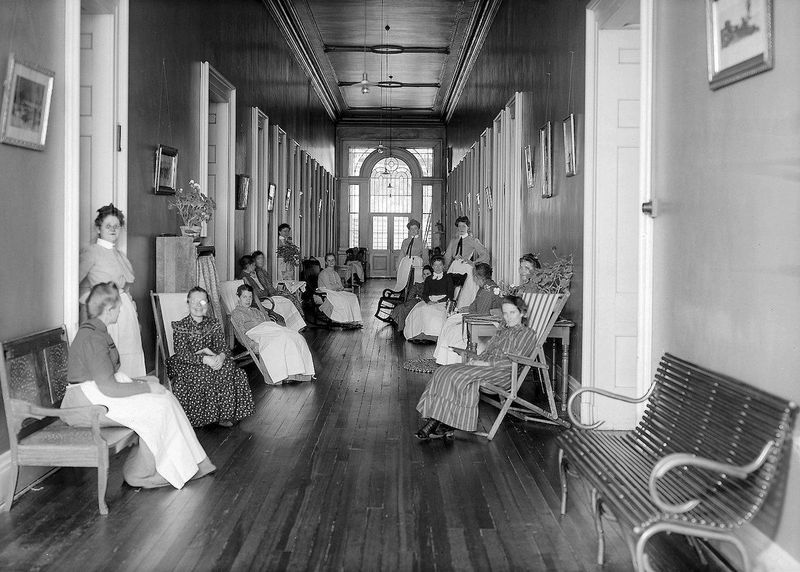
Mental health was rarely discussed, with therapy far from mainstream. Emotional struggles were often brushed aside or misunderstood.
Modern youth, who value mental wellness and access support freely, might find the ’60s’ silence on these issues isolating, missing the open dialogue they rely on.
9. Fewer Convenience Foods

Fast food was scarce, and meals meant chopping, stirring, and patience. Kitchens buzzed with homemade dishes, not delivery apps.
Youth today, hooked on quick bites and takeout, might balk at the daily grind of ’60s cooking, where every dinner demanded time and skill.
10. Poorer Work-Life Balance

Work dominated life, with long hours and scant vacation time. Flexibility or remote options? Unheard of.
Today’s youth, who prize work-life balance, might find the ’60s’ grind oppressive, longing for the modern perks that make careers less all-consuming.
11. Limited Career Opportunities for Women
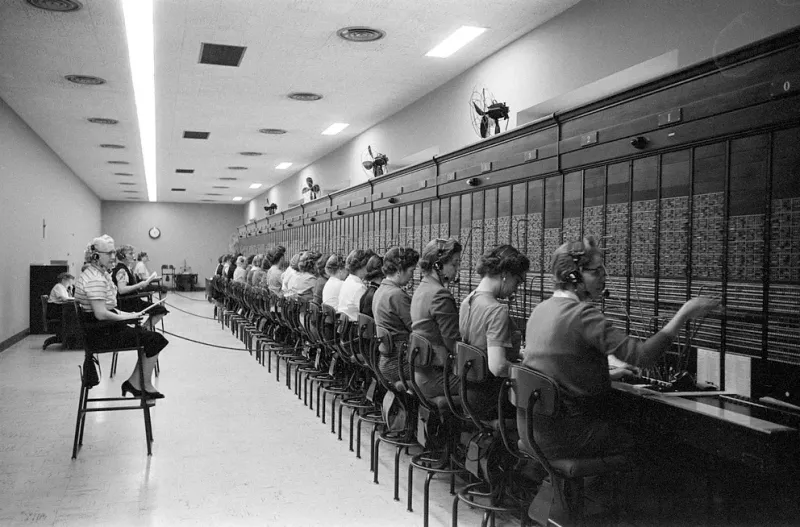
Women faced significant barriers in the workforce. Career choices were limited, often dictated by gender norms. The progress of today would astound the ’60s woman.
Young women today, accustomed to breaking barriers, would find the decade’s gender roles stifling. The fight for equality was just beginning, and opportunities were often overshadowed by societal expectations.
12. No Social Media (And No Instant Fame)

Fame required talent, persistence, and maybe a lucky break. Without social media, instant stardom was a fantasy.
Young people today might find the long road to recognition daunting without the platforms that provide instant exposure.
The path to fame was paved with hard work, and the journey was often as cherished as the destination. Stardom wasn’t handed out with likes and shares.
13. No GPS or Map Apps
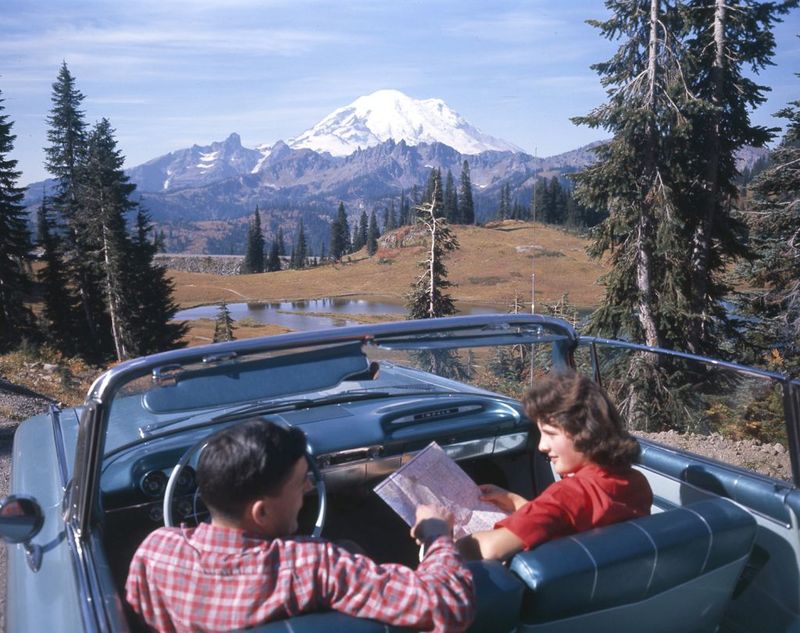
Getting lost was part of the adventure. Navigation relied on paper maps and verbal directions. Today’s youth, dependent on GPS, might find this challenging.
The spontaneity of a road trip could be both exciting and nerve-wracking. Directions were often a mix of local tips and guesswork. The journey demanded trust and intuition, qualities overshadowed by today’s digital certainty.
